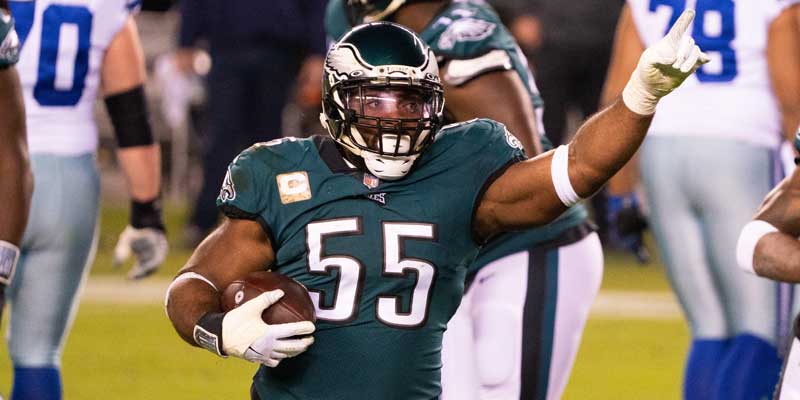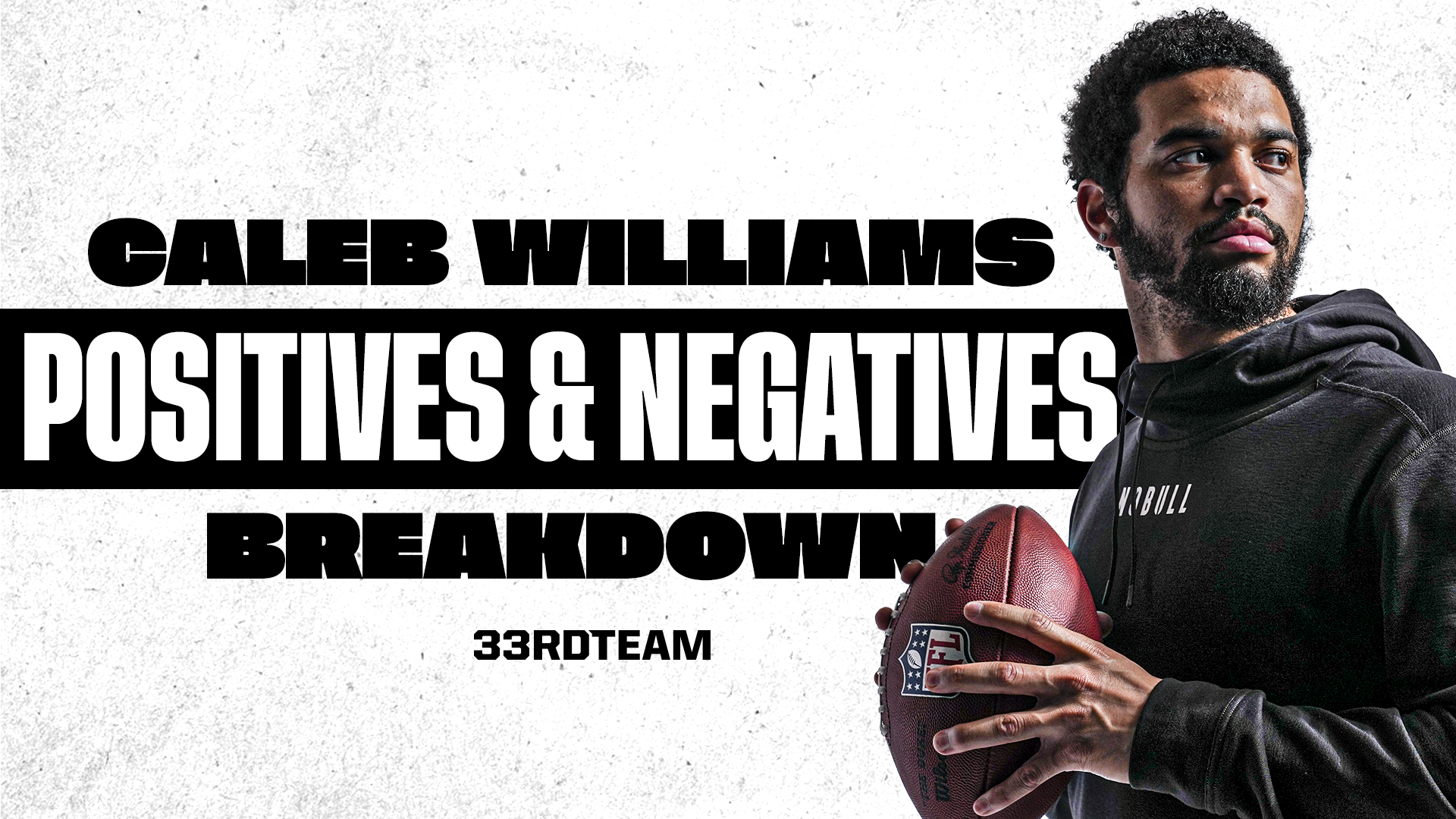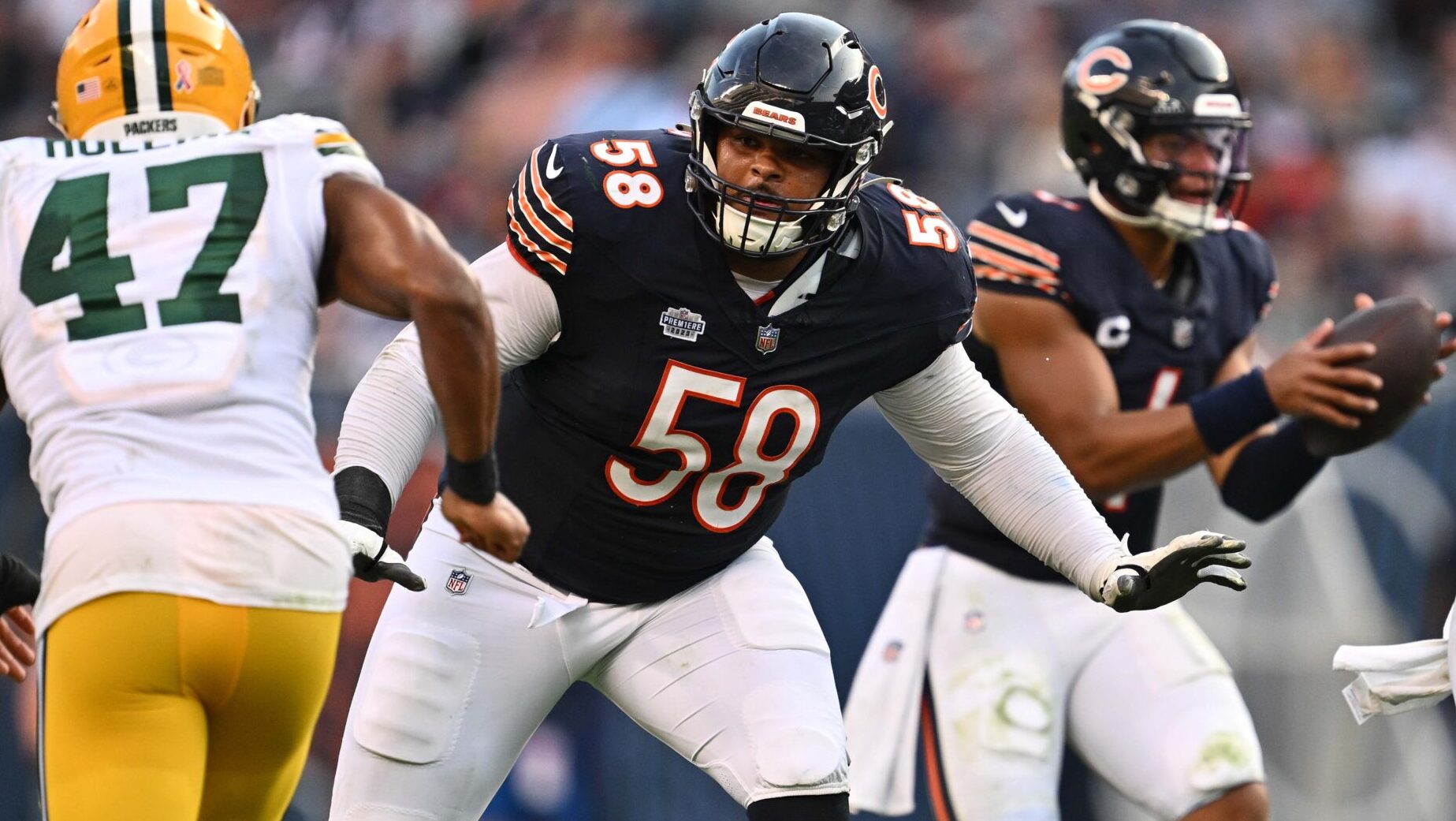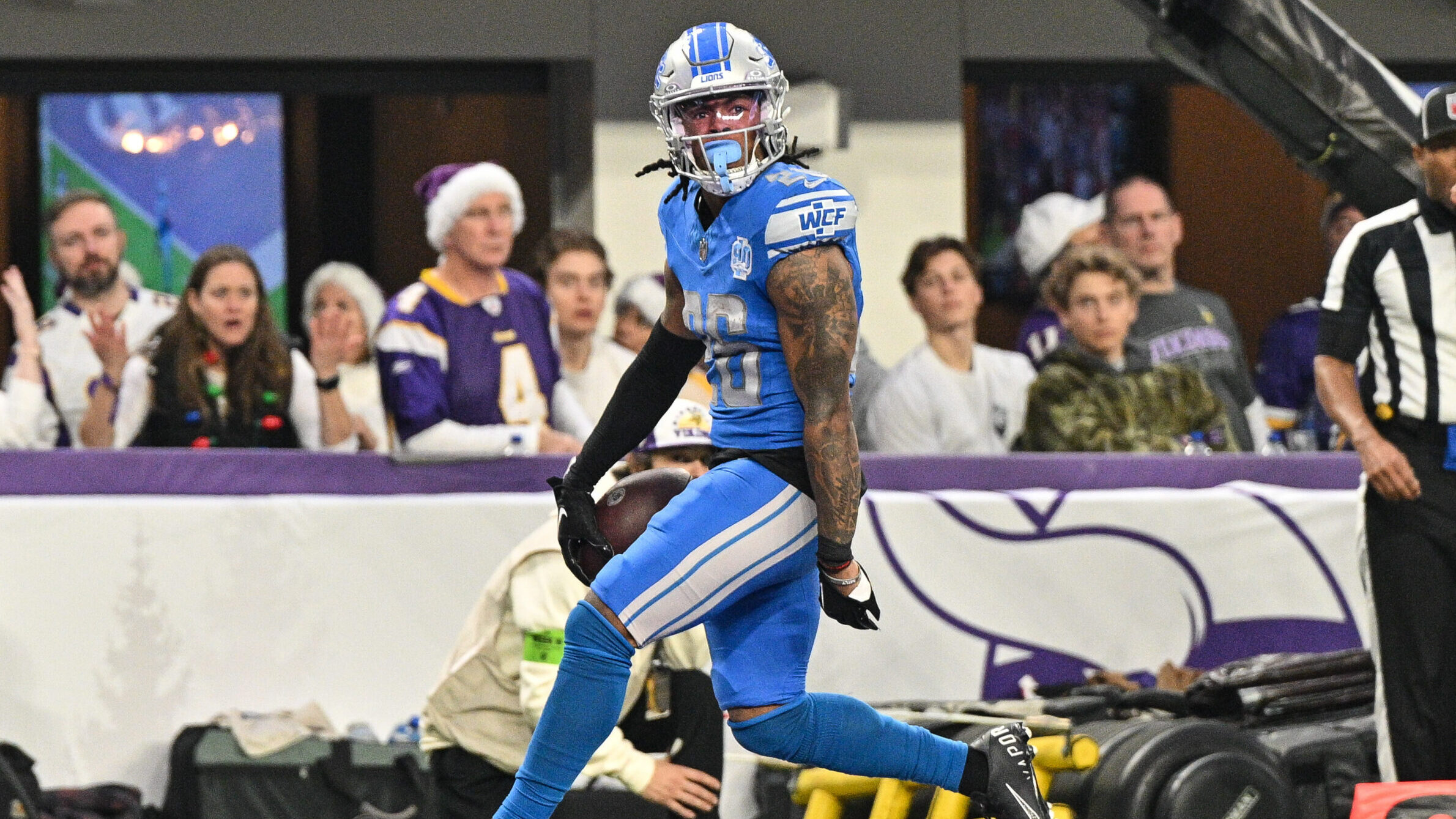Breakdowns
11/30/20
4 min min read
Creative Cap Management Will Be Critical in 2021


While the playoff race is heating up in the NFL, front-office execs are already busy planning for what could be a fascinating offseason when it comes to free agency. With the salary cap expected to drop significantly due to financial issues caused by COVID-19, several teams will find themselves in tight spots.
For those of us who are fascinated by the cap, this is going to be the most interesting free agent season to watch.
When I was in Philadelphia, we did a lot of research, brought in some sophisticated Ph.D guys to do a deep study to find a correlation between cap management and success. The only correlation we ever came up with is that dead money adversely – and dramatically -- affects your chances of making the playoffs. And it doesn’t take a Ph.D to figure that out, because it means you’ve got less available cap room than other teams, and that’s clearly a competitive disadvantage.
Good teams are sophisticated enough to look at the cap situation by position. As we see players get re-signed and come off the board, this is where the really smart teams and the teams with cap room have the potential to make a real splash.
I don’t think there’s ever been a time when the cap was flat and virtually everybody was up against it. Rarely has there been a year when having cap space is as valuable as it will be going into this offseason. The top five or six teams with cap room are in a good position to dominate free agency.
That said, keep I mind that teams can figure out ways to avoid losing significant players due to cap issues. If you push forward $10-15 million and you borrow $10 million from 2022, before you know it – without making any restructuring or any cuts – you’ve got another $30 or $40 million. I don’t want to say there won’t be an impact – there will – but it might not be as dramatic as some people think.
There’s always going to be the normal flow of free agents, though in 2021 there will be a smaller number of bidders. And there will be some players you wouldn’t expect to be available, but cap issues might force teams to cut some good players. There’s only going to be a limited number of bidders. So if they play it smart, those teams can really take advantage of the marketplace.
So how should teams be preparing for this? I would have started last year, maximizing what I could push forward, without wrecking this year’s team.
For those who don’t know, it’s worth explaining what we mean by pushing forward and borrowing from the future. There’s a date near the end of the season where you can take whatever cap room you have. You literally have to send a note to the league, quantify the amount – tell them you want to push forward the amount of cap room you have left to next year’s cap. So if the cap is $175 million and you have $15 leftover cap space from the previous season, now your number instead of $175 million is really $190 million.
Borrowing from the future involves taking a salary for a player you want to keep and converting it into a signing bonus. Salary counts all in one year; signing bonus gets prorated for the years on the deal. So if a players has three years left on his deal and he’s due $10 million in salary, if you convert that into a signing bonus, one-third will count toward this year, one-third next year and one-third in the third year. In that example, you’ve created $6,7 million in cap room, without the player having any adverse effect (in fact, he’ll probably get his money sooner than he would have otherwise).
This used to be something you’d go to a player and ask them to do. A few players got smart and started asking for compensation. So now most teams are writing it into the original contract that they have the right to convert salary to signing bonus at the team’s discretion.
It’s one of the few instances where the player’s agent can make a real difference. Let’s use the example of Eagles DE Brandon Graham. He’s playing really well, and the Eagles are obsessed with having a great, deep defensive line. They will want to keep him. But Graham will be 33 before next season starts. Can they afford to keep him at his current salary? If they want to talk about keeping him at a reduced salary, there’s a real science to that conversation. You don’t want to alienate the player and create a situation in which the player ends up taking less money to go somewhere else. That ends up being a bad situation for both sides, just because emotion got inserted into the negotiation.
Evaluating older players vs. youngerplayers at each position becomes a critical compoent in cap management.
For example, in Philadelphia, we always thought running backs were crucial, especially if they could help in the passing game. But we never spent any money on running backs. We just didn’t think there was any need. Not that the position wasn’t important, but we thought we could get young guys who were healthy who could help in the run and pass, and spend money at other positions.
When you see the list of free agents hitting the market this offseason, just remember that things will change dramatically once teams re-sign their own players. Teams will figure out a way to keep the players they really don’t want to lose. However, figuring out how to do this could leave them with no cap room once free agency begins. And that could create a competitive advantahe for a few teams with cap room.








